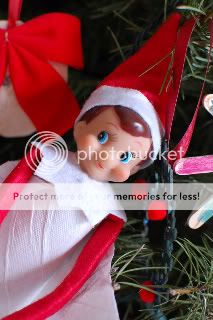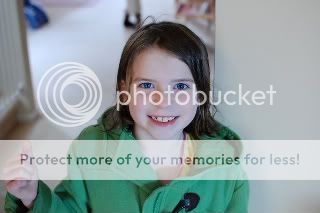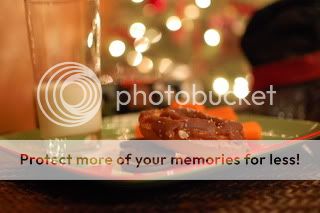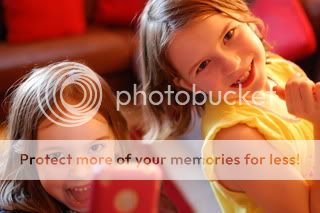mickeysmate65
Mouseketeer
- Joined
- Jun 25, 2008
Before I start baking my lemon meringue pie, I thought I'd pop on & ask for some advice. I've lurked for a long time and am always amazed at the beautiful shots posted by everyone. Now it's time to ask for some advice ....
I've had a Nikon D50 for many years and am finally taking the time to learn the camera beyond the auto settings. I've been reading up on exposure and can actually shoot in manual when I want now! I like my D50 & would love to move up but really want to be proficient with the manual settings first.
I like my D50 & would love to move up but really want to be proficient with the manual settings first.
Right now I have two basic lenses: The AF-S Nikkor 18-55mm (kit lens) and AF-S Nikkor 55 - 200mm. I tend to use the 55-200mm lens the most because I like tight/close-up shots. One thing I notice from the pics posted here is the depth & detail - I want that!!
Could you recommend a good, moderate priced lens that would give me what I'm looking for? How do you know that a lens is "good" other than taking pics with it? Also, would the lenses for the D50 be compatible with future Nikon cameras? I'd hate to spend a lot of money on lenses then not be able to use them in the future.
Thanks for all of your help. Happy holiday!
Kathie
I've had a Nikon D50 for many years and am finally taking the time to learn the camera beyond the auto settings. I've been reading up on exposure and can actually shoot in manual when I want now!
 I like my D50 & would love to move up but really want to be proficient with the manual settings first.
I like my D50 & would love to move up but really want to be proficient with the manual settings first.Right now I have two basic lenses: The AF-S Nikkor 18-55mm (kit lens) and AF-S Nikkor 55 - 200mm. I tend to use the 55-200mm lens the most because I like tight/close-up shots. One thing I notice from the pics posted here is the depth & detail - I want that!!
Could you recommend a good, moderate priced lens that would give me what I'm looking for? How do you know that a lens is "good" other than taking pics with it? Also, would the lenses for the D50 be compatible with future Nikon cameras? I'd hate to spend a lot of money on lenses then not be able to use them in the future.
Thanks for all of your help. Happy holiday!
Kathie





 On the bright side, it'll be at least a year before I'm ready to make a purchase and I'm sure everything will have changed by then anyways!
On the bright side, it'll be at least a year before I'm ready to make a purchase and I'm sure everything will have changed by then anyways! 
